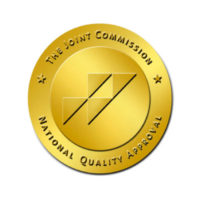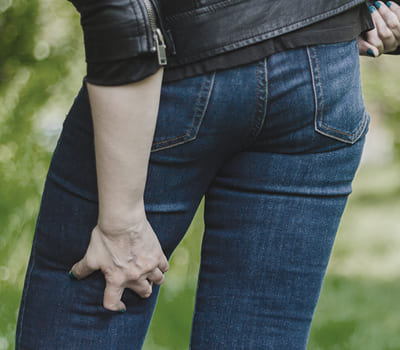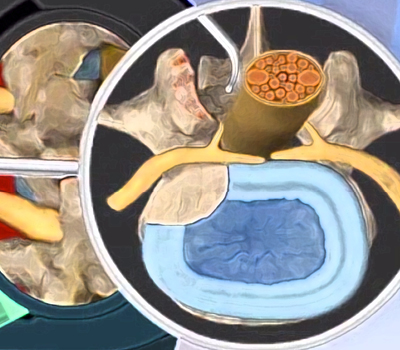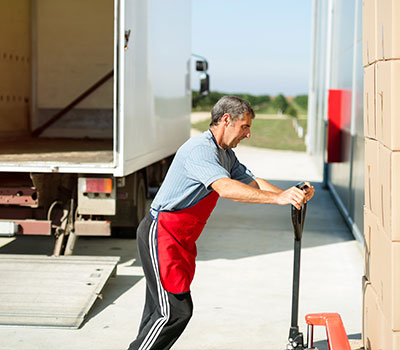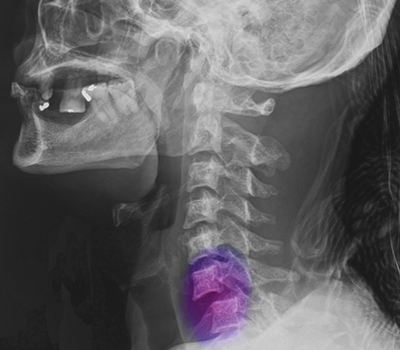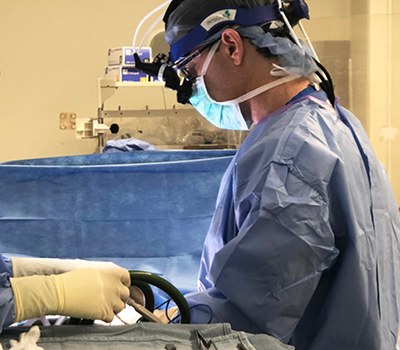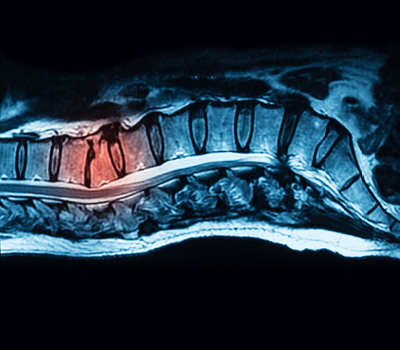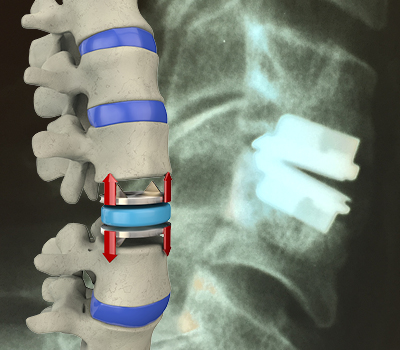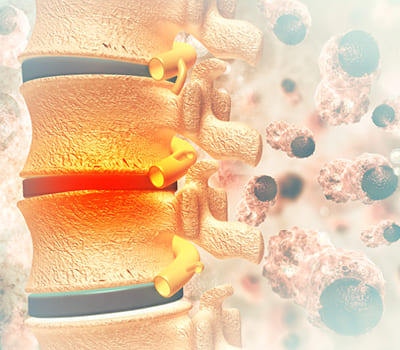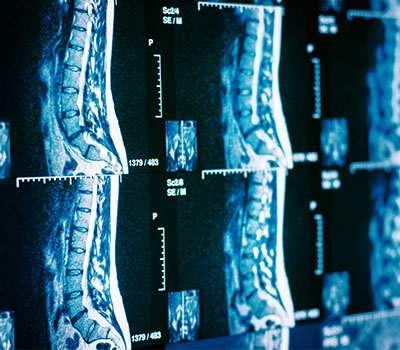LUMBAR SPINAL FUSION
SPINAL FUSION
Lumbar Spinal Fusion
Q & A
What are the benefits of lumbar spinal fusion?
Our surgeons perform lumbar spinal fusion to correct instability in the lower back and relieve leg and back pain for our patients. Spinal conditions that may cause instability include:
- Spondylolisthesis
- Spinal Stenosis
- Spinal Fractures
- Scoliosis or other abnormal curvatures of the spine
- Degenerative disc disease
Symptoms of spinal instability typically include pain, weakness and numbness in the lower back, hips, and legs.
How is a lumbar spinal fusion surgery performed?
Dr. Giordano and Dr. Nachwalter perform spinal surgery only in highly ranked local hospitals with their dedicated surgical team. Typically our surgeons perform spinal fusion by accessing the spine from the back, called a posterior lumbar interbody fusion (PLIF), so you will be lying face down.
After you are under general anesthesia, the surgeon will make a short, vertical incision over the spine in the lower back. He will gently peel the muscles off of the spine over the affected vertebrae using modern surgical techniques that carefully separate the muscle fibers of the lower back instead of cutting them.
A retractor is inserted to hold the area open. The surgeon views the surgical site by using a specialized light and operating microscope.
The surgeon performs the spinal fusion by performing a Lumbar Laminectomy to remove the spinous processes (the bony protrusions that can be felt along the back) and the lamina (bone that covers the back of the spinal cord). If necessary, Lumbar Discectomy will be performed to remove a damaged disc. The adjacent vertebrae are secured with metal plates or rods that are placed vertically between them. The empty disc space is distracted (spread apart) and two bone grafts are inserted between vertebral bodies.
Once complete, the retractor is removed and the area beneath the skin is closed with absorbable stitches. A bandage is then placed over the surgical site.
To see how this surgery is performed, watch our 3D animation.
Posterior Lumbar Interbody Fusion
Testimonial
What can I expect from lumbar spinal fusion?
Our techniques enable most patients to go home the day after their lumbar spinal fusion, although some patients may stay in the hospital longer. You will receive specific recovery instructions from your surgeon. Because your surgeon will be personally involved in all aspects of your care, you will have the opportunity to ask him any questions during your post-operative appointments.
Within about 6 to 8 weeks, the bone grafts will grow together to form a solid mass of bone. Typically, recovery takes 1 to 4 weeks depending on your age, general health and the extent and cause of spinal instability. Often patients experience relief from their symptoms right away; however, some symptoms may gradually resolve over several weeks.
Atlantic Spine Specialists
SPECIALTIES & CONDITIONS
 88 Reviews
88 Reviews
 120 Reviews
120 Reviews
 149 Reviews
149 Reviews
 4 Reviews
4 Reviews









